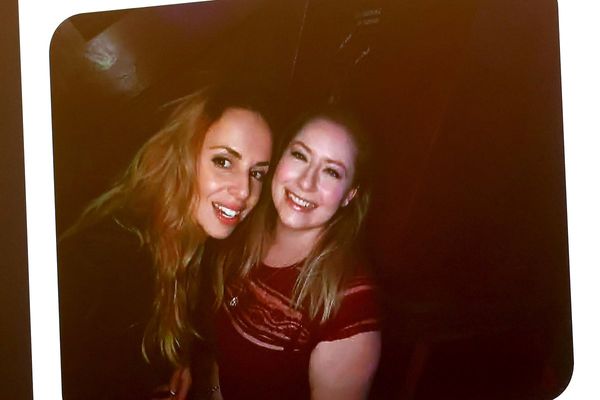
A lot of teachers I know and work with sent students home this summer with fun and extensive reading lists. While some kids are cruising through those titles, or enjoying their own picks, others are having a little more trouble getting off screens and into books.
It shouldn’t come as a surprise. A survey accompanying the latest Nation’s Report Card shows just 14% of 13-year-olds read on their own for fun most days, down from previous years. We’ve got to reverse this trend. Independent reading has a host of academic and other benefits.
One approach that’s helpful is to encourage kids to find topics they’re interested in and read about those while also learning about them through other media, like art or film. Layering information and developing background knowledge this way aligns with the science of reading, or what the research says about how to teach reading effectively.
I’ve seen teachers put this strategy into practice by sending home suggestions for museum visits along with books to read over the summer. I’ve tried the approach with my own children during visits to my hometown of Chicago and stops at one of my favorite art museums, the Art Institute of Chicago.
To help get my kids excited over the years — and encourage their reading — I try to connect the art we plan to view to topics they’re interested in and books they might want to read.
So, for example, take the iconic painting “American Gothic,” by Grant Wood, depicting a man and woman in front of a farmhouse. When my now-teenage kids were young and had taken an interest in farms, we read picture books such as The Little Red Hen by Jerry Pinkney, and talked about farm life before viewing the painting at the Art Institute. Wood created his masterpiece at the start of the Depression, and for older children, you might explore that theme. Talk about the figures’ expressions, dress, and surroundings. Studying paintings this way is similar to engaging in a close read of a book. You can pair a study of the painting with a book like Newberry Medal winner “Bud Not Buddy,” by Christopher Paul Curtis, also set during the Depression.
Or if, like me, you’ve got a space buff in your family, you might check out the Art Institute’s “Starry Night and the Astronauts,” by the painter Alma Lewis, who was fascinated by space exploration. Or check out Joseph Cornell’s boxes, some of which have themes related to space. Consider pairing those with the picture book “Moonshot,” by Brian Floca. For older kids, such as high school students, “The Right Stuff,” by Tom Wolfe might be one to try. You can build on that knowledge by adding in a visit to the Adler Planetarium. It’s free for Illinois residents on Wednesday evenings.
One of the Art Institute’s most famous works is “Nighthawks,” by Edward Hopper. In the painting, people are sitting at a diner in an unidentified city, and the viewer is left to wonder about their lives, their relationships, and an imagined world. You can liken this to a good mystery or detective story in which the reader is left to figure out what happened along the way. Those are always great summer reads too.
There are many more treasures to discover in the Art Institute and elsewhere and many more books to add to any summer reading list. By making these connections, you can help young people develop their knowledge of the world, encourage reading, and spark a love of fine art. Come to think about it, I think we’re due for a visit home soon.
Lynne Munson is the CEO and founder of Great Minds PBC, which provides curricula to schools and districts nationwide.
Send letters to letters@suntimes.com
The views and opinions expressed by contributors are their own and do not necessarily reflect those of the Chicago Sun-Times or any of its affiliates.







